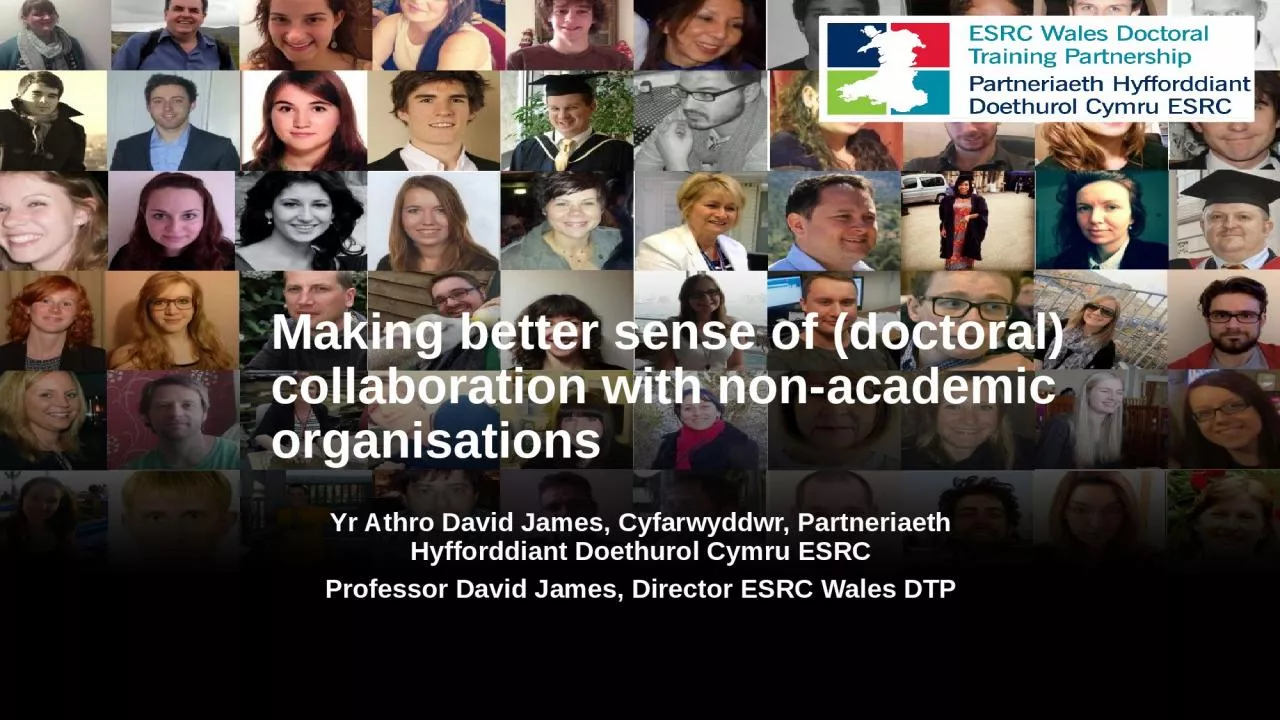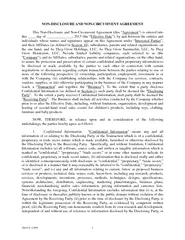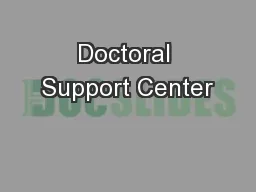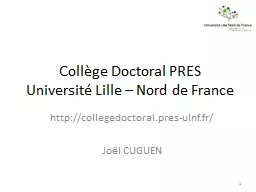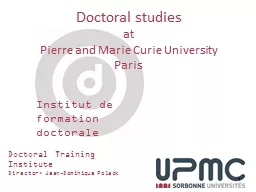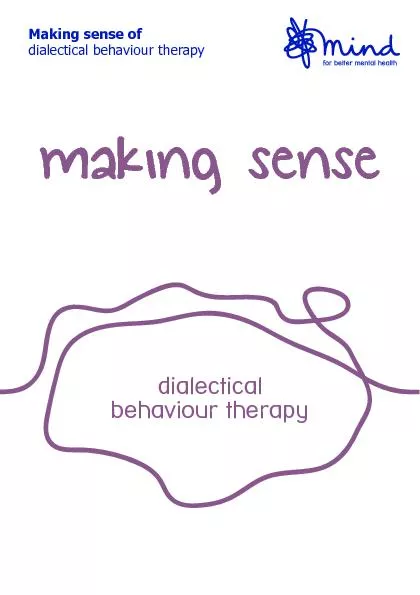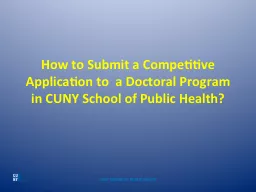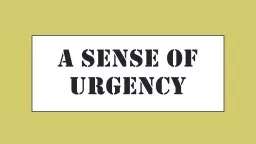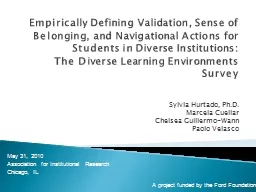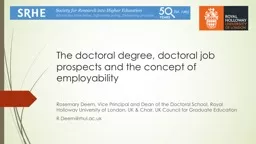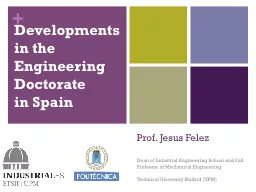PPT-Making better sense of (doctoral) collaboration with non-academic
Author : harper | Published Date : 2024-02-09
organisations Yr Athro David James Cyfarwyddwr Partneriaeth Hyfforddiant Doethurol Cymru ESRC Professor David James Director ESRC Wales DTP Making better
Presentation Embed Code
Download Presentation
Download Presentation The PPT/PDF document "Making better sense of (doctoral) collab..." is the property of its rightful owner. Permission is granted to download and print the materials on this website for personal, non-commercial use only, and to display it on your personal computer provided you do not modify the materials and that you retain all copyright notices contained in the materials. By downloading content from our website, you accept the terms of this agreement.
Making better sense of (doctoral) collaboration with non-academic: Transcript
Download Rules Of Document
"Making better sense of (doctoral) collaboration with non-academic"The content belongs to its owner. You may download and print it for personal use, without modification, and keep all copyright notices. By downloading, you agree to these terms.
Related Documents

